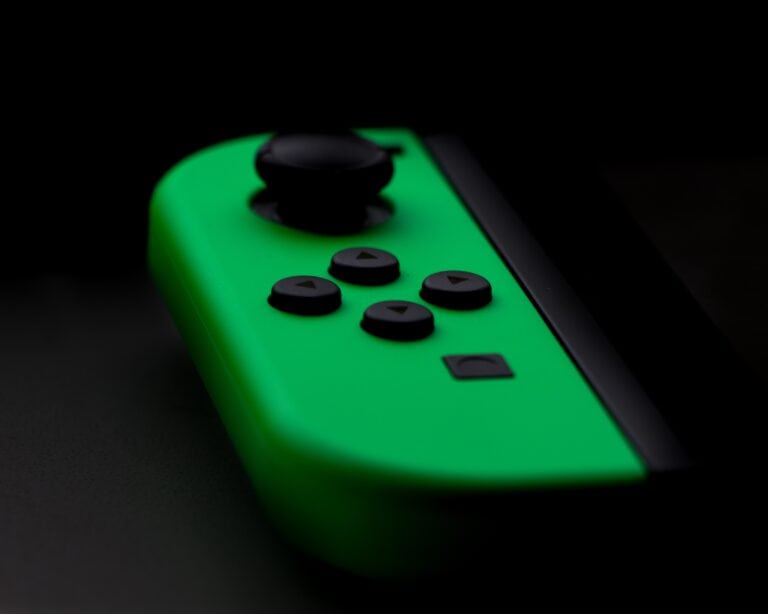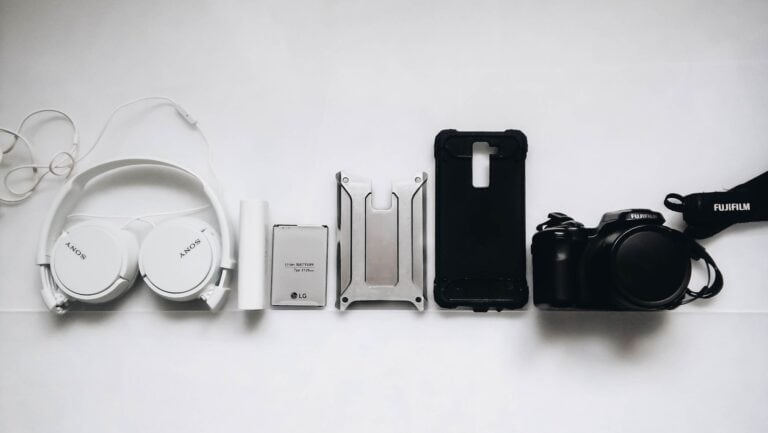Drones are becoming more advanced with the help of artificial intelligence. They are no longer just flying cameras but are now equipped with machine learning technology. This technology allows drones to make decisions on their own and perform complex tasks. They can analyze data, learn from it, and adapt to their environment. Drones are being used in various sectors such as defense, agriculture, and disaster management.
With advancements in machine learning, drones can improve over time as they gather more flight data. This allows them to enhance their navigation, operate more efficiently, and reduce mistakes. Drones are now used for a wide range of tasks, from monitoring crops to inspecting structures, demonstrating their versatility and expanding usefulness.
AI: Taking Flight in the Drone Industry
Object Recognition and Tracking
Drones equipped with AI can identify and follow objects in real-time. This has applications in various fields, from tracking wildlife for conservation to monitoring traffic patterns for urban planning.
Autonomous Navigation
AI algorithms enable drones to navigate autonomously, avoiding obstacles and making decisions without human intervention. This is crucial for tasks like package delivery, inspection of hazardous environments, and search-and-rescue missions.
Data Analysis and Interpretation
AI-powered drones can collect vast amounts of data, such as images, videos, and sensor readings. Machine learning algorithms process this data, extracting valuable insights that can be used for agriculture, environmental monitoring, infrastructure inspection, and more.
Predictive Maintenance
In industrial settings, drones with AI can predict equipment failures by analyzing data from sensors and visual inspections. This allows for proactive maintenance, reducing downtime and saving costs.
Enhanced Safety
AI can help improve drone safety by detecting potential hazards and taking evasive action. This includes avoiding collisions with other aircraft, birds, and obstacles on the ground.
Applications Across Industries
The use of AI in drones is transforming various industries:
- Agriculture: Drones can monitor crop health, identify pests and diseases, and optimize irrigation.
- Construction: Drones can survey construction sites, track progress, and inspect structures for safety.
- Logistics: Drones can deliver packages, transport goods, and optimize supply chains.
- Security: Drones can patrol borders, monitor crowds, and respond to emergencies.
- Environmental Monitoring: Drones can collect data on air and water quality, track wildlife populations, and assess the impact of climate change.
Ethical and Regulatory Considerations
While AI offers numerous benefits for drone technology, it also raises ethical and regulatory concerns. Issues like privacy, security, and accountability must be addressed to ensure responsible and safe use of AI-powered drones.
Table: AI and Machine Learning in Drones
| Application | AI/ML Technique | Description |
|---|---|---|
| Object Recognition and Tracking | Computer Vision, Deep Learning | Identifies and follows objects in real time |
| Autonomous Navigation | Path Planning, Obstacle Avoidance | Enables drones to navigate without human input |
| Data Analysis and Interpretation | Machine Learning, Data Mining | Extracts insights from collected data |
| Predictive Maintenance | Anomaly Detection, Predictive Modeling | Forecasts equipment failures |
| Enhanced Safety | Collision Avoidance, Risk Assessment | Improves drone safety and reliability |
Key Takeaways
- Drones with AI can learn, adapt, and make decisions independently.
- Machine learning enables drones to improve their performance through experience.
- AI-equipped drones are beneficial in diverse fields for various complex tasks.
Innovations in Drone AI and Machine Learning
The field of drone technology is rapidly evolving, with AI and machine learning enhancing drones’ capabilities in unprecedented ways. Drones today are not just flying cameras; they are becoming autonomous, smart machines that can make decisions and navigate the world on their own.
Evolution of Drone Technology
Drones, or unmanned aerial vehicles (UAVs), have come a long way since their inception. Initially, drones were manually operated, but today they are increasingly autonomous thanks to AI. With the miniaturization of sensors and advances in control systems, drones can now perform complex tasks independently.
AI-Driven Control Systems
AI-driven systems are the brain of modern drones, making decisions that used to require human intervention. Flight controllers use algorithms for advanced planning and decision-making, which boosts the safety and efficiency of drones. These smart systems can process data from GPS and sensors to enable autonomous navigation and flight.
Machine Learning Applications
Machine learning allows drones to adapt to new situations without direct human control. In agriculture, drones analyze crops and soil, leading to smarter farming practices known as precision agriculture. Mapping and monitoring tasks also benefit from machine learning, giving drones the ability to track changes over time and plan their routes more effectively.
Obstacle Detection and Avoidance
Safety is a primary concern in the operation of UAVs. Drones equipped with obstacle detection and avoidance systems use sensors and cameras to perceive their environment. They learn how to navigate around obstacles, preventing accidents. Such systems are critical for drones flying in complex or unpredictable spaces.
Deep Learning for Image and Video Analysis
Deep learning, a subset of machine learning, is revolutionizing how drones handle image and video analysis. Drones with deep learning capabilities use computer vision to recognize objects and interpret aerial imagery. This skill is vital for tasks like environmental monitoring, where drones assess the health of an ecosystem, and for security applications where they identify potential threats.
Sector-Specific Drone Utilization
Drones equipped with artificial intelligence and machine learning are redefining tasks across various sectors. These advanced machines improve efficiency and offer new capabilities within specific industries.
Agriculture and Precision Farming
Drones in agriculture help farmers and agronomists optimize crop production. They support precision farming by monitoring crop health, irrigating crops, and spraying fertilizers. With advanced sensors, drones gather detailed data that directs efficient farming practices. They enhance navigation across large fields and automate routine checks, boosting the precision and speed of agricultural tasks.
Public Safety and Emergency Response
For public safety, drones play a pivotal role in emergency situations. They are essential tools in fire detection, search and rescue missions, and law enforcement operations. Drones offer aerial views to guide and assist emergency responders, improving safety by minimizing the risk to human life. They are also used in disaster response, offering real-time insights to coordinate efforts effectively.
Infrastructure and Construction Monitoring
In the construction sector, drones carry out monitoring tasks to oversee project progress and ensure structural integrity. By providing high-resolution images and data, drones assist in inspecting buildings, bridges, and other infrastructure. This enables quick identification of potential issues, enhancing security and safety on construction sites.
Delivery and Logistics
Drones are changing delivery and logistics by providing an alternative to traditional transportation means. They offer efficient ways to move goods, cutting down on delivery times and reaching remote areas. As cyber-physical systems, they optimize inventory management and scale operations for businesses, ensuring timely and secure delivery services.
Environmental Monitoring and Conservation
Lastly, drones contribute to environmental monitoring and wildlife conservation. They collect data on ecosystems without disturbing the natural habitat. This information aids in managing natural resources and tracking wildlife, protecting biodiversity. Drones support the fight against illegal activities like poaching, and monitor changes in the environment, ensuring sustained conservation efforts.
Frequently Asked Questions
This section answers common questions about how artificial intelligence (AI) and machine learning (ML) improve drone technology across various industries.
How is artificial intelligence implemented in commercial drone technology?
Commercial drones use AI for tasks like scanning items in warehouses and analyzing crop health on farms. They use cameras and sensors to collect data and AI to understand and act on this data with little human help.
What advancements have been made in autonomous drone flight through machine learning algorithms?
Machine learning algorithms help drones fly on their own by teaching them to perceive and avoid obstacles. These algorithms improve with each flight, making drones safer and more efficient.
In what ways are artificial intelligence systems changing the capabilities of military drones?
Military drones with AI can perform longer missions and make quick decisions in complex environments. They can recognize targets and survey vast areas without a person guiding every move.
What role does AI play in enhancing the image and data processing abilities of drone cameras?
AI allows drone cameras to process and interpret images quickly. This enables them to track objects and analyze landscapes, sending useful information back to users right away.
How are drones used in precision agriculture being improved with AI and machine learning innovations?
AI and ML help agricultural drones map fields and monitor crop health. They can detect disease, assess water needs, and help farmers apply treatments only where needed, saving time and resources.
What are the ethical considerations of using AI-powered drones in surveillance and data collection?
The use of AI in drones for surveillance raises privacy concerns. It is important to balance safety and efficiency with the right to privacy, using clear rules on how and when drones can collect data.







